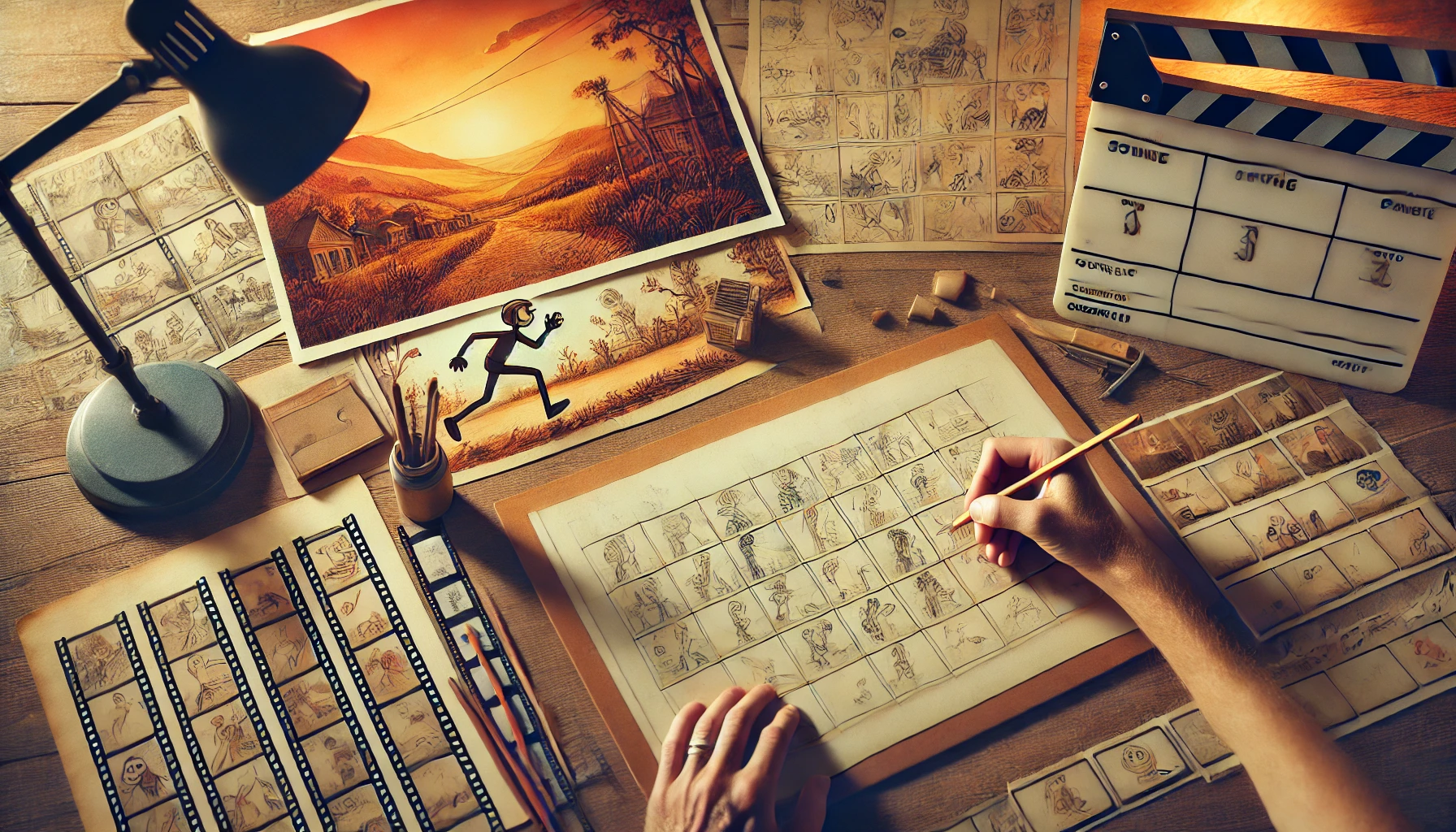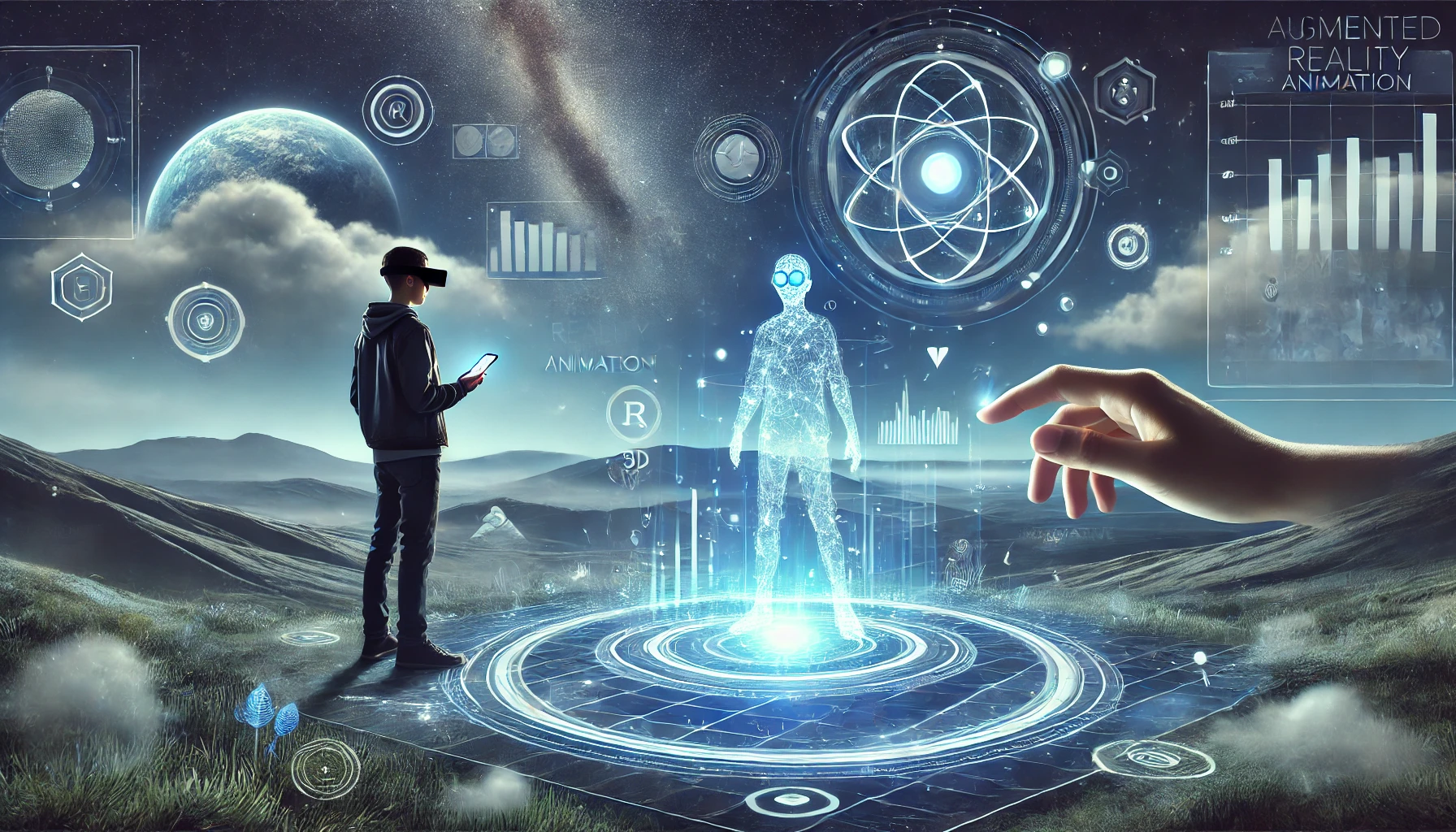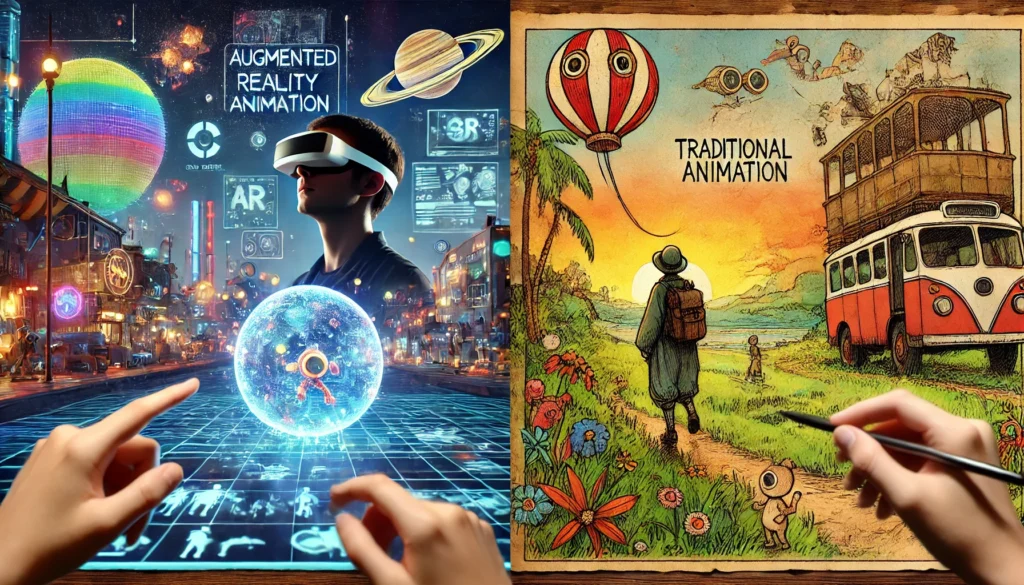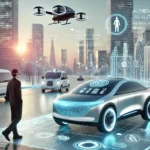Animation has evolved tremendously over the years, from the early days of hand-drawn cartoons to cutting-edge technologies like augmented reality animation (AR animation). This evolution has not only revolutionized how we create stories but also how audiences experience them. Traditional animation has long been the backbone of the entertainment industry, while Augmented Reality animation is a relatively new, groundbreaking technology that offers interactive, immersive experiences.
In this article, we will delve into the key differences between augmented reality animation and traditional animation, exploring their techniques, strengths, limitations, and real-world applications. Understanding these differences is crucial for creators, businesses, and consumers alike, as both forms of animation continue to shape the future of visual storytelling.

What is Traditional Animation?
Definition and Core Principles
Traditional animation, also known as 2D or classic animation, is a technique where each frame of an animation is hand-drawn, painted, or otherwise created manually. This was the predominant method of animation until the advent of computer-generated imagery (CGI). Even though CGI has since dominated the industry, traditional animation still holds a special place in the hearts of many, owing to its artistic flair and emotional depth.
Types of Traditional Animation
- Hand-drawn Animation (Frame-by-Frame): The most iconic form, where each frame is drawn by hand, with slight variations between frames to create fluid motion. Examples include classic Disney films such as The Lion King and Snow White.
- 2D Animation: A step up from frame-by-frame hand-drawn animation, 2D animation utilizes computer software to create digital versions of traditional techniques.
- 3D Animation: CGI animation uses computers to create three-dimensional characters and environments, offering a more realistic and dynamic animation style, such as seen in Pixar’s Toy Story.
Techniques Used in Traditional Animation
- Cel Animation: This technique involves drawing each character and scene on transparent sheets (known as cels) and layering them over backgrounds. Each frame is painstakingly created by hand, making it a labor-intensive process.
- Stop-Motion Animation: In stop-motion, physical models or puppets are moved slightly between frames, creating the illusion of movement. Movies like The Nightmare Before Christmas are famous examples of this technique.
- Computer-Generated Animation (CGI): A blend of traditional animation and digital technology, CGI allows for more realistic environments and characters. This is the most common form of animation today, used in films such as Frozen and Shrek.
Strengths of Traditional Animation
- Rich Storytelling Capabilities: Traditional animation has a unique ability to evoke strong emotions through hand-drawn or carefully crafted computer-generated characters. The art form is particularly effective in conveying personal, heartwarming stories.
- Strong Artistic Control and Creativity: Artists have direct control over every aspect of the animation, from character design to scene composition. This creative freedom often results in visually stunning and emotionally impactful content.
- High-Quality Visuals and Emotional Depth: With traditional animation, artists focus on minute details that bring out the nuances of each frame, which is why many viewers find it more emotionally engaging than other animation types.
Limitations of Traditional Animation
- Time-Consuming and Labor-Intensive: Traditional animation often involves creating thousands of hand-drawn frames or manually moving puppets. This process can take years to complete, especially for feature-length films.
- High Production Costs: The cost of hiring skilled animators, artists, and production teams adds up quickly. Moreover, the extensive post-production processes further increase costs.
- Limited Interactivity: Traditional animation primarily provides a passive viewing experience, where the viewer has no control over the story or the content. Once the film or show is created, it is fixed and unchangeable.

What is Augmented Reality Animation?
Definition and How Augmented Reality Animation Works
Augmented reality animation (AR animation) is an innovative form of animation that overlays digital content, such as characters or objects, onto the real world through devices like smartphones, tablets, or AR glasses. Unlike traditional animation, AR allows for a more immersive and interactive experience where users can engage with animated elements as if they were part of the physical world.
Augmented Reality animation works by using AR software to track real-world environments and place digital objects on top of them. This is achieved through sensors, cameras, and motion-tracking technology, allowing the digital content to interact with the user’s environment in real time.
Techniques Used in AR Animation
- Marker-Based AR: This technique uses images or QR codes (markers) to trigger the display of digital animations. For example, scanning a QR code on a magazine might make a character appear on your screen.
- Markerless AR: This method uses spatial mapping, GPS, and the environment’s layout to place digital content in the physical world without the need for markers. This is often used in mobile AR games like Pokémon GO.
- Projection-Based AR: In projection-based AR, digital images or animations are projected onto physical surfaces, such as walls or floors, allowing for dynamic, interactive experiences like holograms.
Strengths of Augmented Reality Animation
- Interactive and Immersive User Experience: Augmented Reality animation allows users to interact directly with digital characters and objects in real time. For example, you can walk around a 3D object displayed through your phone and see it from different angles.
- Real-Time Engagement: Unlike traditional animation, where the viewer is a passive observer, AR animation allows the viewer to influence the experience. This is ideal for games, marketing campaigns, and other interactive media.
- Blends Digital and Physical Spaces Seamlessly: AR brings digital content into the real world, creating a mixed-reality experience. Whether it’s seeing a character animated on your living room floor or interacting with a virtual product, AR makes the imaginary tangible.
Limitations of Augmented Reality Animation
- Requires Specialized Hardware/Software: To fully experience augmented reality animation, users need specific devices such as smartphones, AR glasses, or tablets. This limits the audience to those who own compatible devices.
- Can Be Technically Complex to Develop: AR animation requires expertise in 3D modeling, real-time rendering, and motion tracking. Developing high-quality AR content can be more challenging than traditional animation.
- Dependent on User Environment: The experience of AR animation is influenced by the user’s physical environment. For example, the quality of an AR experience may vary based on the lighting, space, and the device used.
Key Differences Between AR Animation and Traditional Animation
| Feature | Traditional Animation | Augmented Reality Animation |
|---|---|---|
| Medium of Presentation | TV, cinema, online platforms | Real-world integration through AR devices |
| Interactivity | Passive viewing experience | Highly interactive, user-driven |
| Production Techniques | Storyboarding, frame-by-frame animation | 3D modeling, spatial tracking, real-time rendering |
| Audience Engagement | Fixed narrative structure | Dynamic, user-influenced experiences |
| Technology Requirements | Computers, animation software | AR devices, AI, motion sensors |
Applications of Traditional and Augmented Reality Animation
Traditional Animation Use Cases
- Feature Films & TV Shows: Traditional animation is still the go-to technique for many beloved animated films like Disney classics (The Little Mermaid, Cinderella) as well as modern hits such as Frozen and Zootopia.
- Video Games: While CGI has dominated 3D games, many iconic 2D games, such as Street Fighter and Super Mario, continue to rely on traditional animation for their characters and environments.
- Educational Content & Advertising: Educational videos, advertisements, and explainer videos often rely on traditional animation to simplify complex ideas and make them more engaging.
AR Animation Use Cases
- Social Media AR Filters: Platforms like Snapchat and Instagram use AR to overlay filters and animations over real-time images, offering a fun and interactive way for users to engage with animated content.
- Marketing and Advertising: Brands like Coca-Cola and IKEA use AR to offer immersive shopping experiences, where users can visualize how products will look in their own spaces.
- AR Gaming: Games like Pokémon GO use AR animation to blend virtual characters with real-world locations, creating an engaging and interactive experience for players.
- Medical and Educational Training: AR animations help create simulations for medical students and other trainees, enhancing their learning with interactive, 3D models and real-time feedback.

Augmented Reality Animation vs. Traditional Animation – A visual comparison of technology and style
While augmented reality animation is rapidly advancing, it is unlikely to completely replace traditional animation. Instead, both technologies will coexist and evolve side by side.
- AR Animation as an Evolving Medium: AR is continuously improving, with new advancements in hardware, software, and user interfaces. It holds great potential for creating interactive and immersive experiences, particularly in gaming, marketing, and education.
- Traditional Animation’s Enduring Artistic Value: Despite the rise of AR, traditional animation continues to be highly valued for its artistic integrity and emotional depth. It remains a staple in films, TV shows, and many forms of creative expression.
- The Potential for Hybrid Animation: The future may lie in hybrid animation techniques, blending the artistry of traditional animation with the interactivity of AR. For example, animated films could feature AR elements that allow viewers to interact with characters in real time.
FAQs
1. What is the difference between Augmented Reality animation and VR animation?
AR animation overlays digital elements in the real world, while VR animation creates a fully immersive, virtual environment. VR is more enclosed and isolated, whereas AR enhances the real world.
2. Can AR animation be used in films?
Yes! Some filmmakers are experimenting with AR animation to add interactive elements to their films. For example, audiences might interact with virtual characters through a companion app or AR glasses.
3. Do you need special skills to create AR animation?
Yes, creating high-quality AR animation requires specialized skills in 3D modeling, motion tracking, real-time rendering, and the use of AR development platforms.
4. Is traditional animation still relevant today?
Absolutely! While AR animation has gained popularity, traditional animation remains essential for storytelling in feature films, TV shows, and many creative projects.
5. How can businesses use augmented reality animation?
Businesses can use AR animation for interactive ads, virtual product try-ons, and customer engagement. It helps create memorable, engaging experiences that attract and retain customers.
Conclusion
Both augmented reality animation and traditional animation offer unique experiences for creators and audiences alike. While traditional animation remains an essential tool for emotionally engaging storytelling, AR animation is transforming how we interact with digital content, providing immersive and interactive experiences.
As the two forms continue to evolve, we can expect to see more hybrid techniques that combine the artistic beauty of traditional animation with the immersive power of AR. The future of animation is bright, and we can’t wait to see where it takes us!
To more information about Virtual Reality, Technology, AI and so on visit: https://www.techserps.com/



